Whether you're an amateur athlete, a weekend warrior, or a professional competitor, the desire to return to the game is a natural instinct. The thrill of competition and the love of the sport drive many individuals to make a triumphant comeback after orthopedic surgery. However, rushing the process can lead to setbacks and reinjury. To ensure a safe and successful return, it's crucial to approach your comeback with a focus on safety and long-term health.
In this blog post, we'll explore the steps and strategies to help you safely return to sports after orthopedic surgery. We'll guide you through the process of getting back in the game while prioritizing your health and well-being.
Phase 1: Consultation and Planning
Consult Your Orthopedic Surgeon for Guidance
Before embarking on your journey back to the field or court, consult with your orthopedic surgeon. They will provide insights into your specific condition, the surgery you underwent, and how it affects your return to sports. They can offer valuable guidance and set realistic expectations.
Set Realistic Goals
It's essential to set achievable goals for your return to sports. Understand that the path to recovery may involve gradual progress, and there may be hurdles along the way. Having clear, realistic goals will help you stay focused and motivated.
Understand Your Estimated Recovery Timeline
Every surgery and individual's response to it is unique. Your surgeon will provide an estimated recovery timeline, but remember that this is a rough guide. Your actual progress may vary based on how well your body heals and how diligently you follow your rehabilitation plan.
Phase 2: Rehabilitation and Physical Therapy
Follow Your Prescribed Rehabilitation Plan
Your orthopedic surgeon and physical therapist will develop a customized rehabilitation plan tailored to your specific needs. It's crucial to follow this plan diligently. It will include exercises and activities aimed at regaining strength, flexibility, and mobility in the affected area.
Communicate Any Discomfort with Your Therapist
During your rehabilitation, you may experience discomfort, but it's crucial to differentiate between normal post-surgical discomfort and signs of potential issues. Open communication with your therapist is key. They can adjust your program to ensure it remains challenging but not painful.
Embrace Gradual Progression
As you recover, embrace the concept of gradual progression. It's not a race, but rather a journey. Your rehabilitation plan will involve incremental increases in the intensity and complexity of your exercises. Don't rush this process; it's designed to protect your healing tissues.
Phase 3: Return to Sports
Obtain Medical Clearance from Your Surgeon
Your surgeon plays a pivotal role in determining when you're ready to return to sports. Medical clearance is essential to ensure that your surgical site is fully healed and that you're physically prepared to handle the rigors of your sport.
Engage in Sport-Specific Training
Once you have the green light from your surgeon, it's time to focus on sport-specific training. Work with a coach or trainer who can create a customized program to prepare you for the demands of your particular sport.
Focus on Overall Strength and Conditioning
In addition to sport-specific training, maintain a strong focus on overall strength and conditioning. Building a strong foundation will reduce the risk of re-injury and improve your performance.
Phase 4: Injury Prevention and Long-Term Health
Prioritize Warm-Up and Cool-Down Routines
Warm-up and cool-down routines are essential. A proper warm-up prepares your body for the demands of physical activity, while a cool-down helps reduce muscle soreness and stiffness. These routines should not be skipped.
Listen to Your Body and Address Any Pain
Pain is your body's way of signaling a problem. If you experience pain, especially in the previously injured area, don't ignore it. Address it promptly and consider consulting with a healthcare professional to prevent further damage.
Incorporate Cross-Training
Cross-training involves engaging in various types of physical activities to balance your muscle groups and reduce the risk of overuse injuries. It's an excellent strategy to complement your sports-specific training.
Schedule Regular Check-Ins with Specialists
Even after you return to sports, it's essential to schedule regular check-ins with specialists, including your orthopedic surgeon and physical therapist. They can monitor your progress, address any concerns, and provide guidance for long-term health and injury prevention.
Conclusion
Returning to sports after orthopedic surgery is an achievable goal, but it requires careful planning, patience, and a commitment to safety. Whether you're a professional athlete or simply passionate about your sport, your health should always be the top priority.
By following the phases outlined in this guide, you can embark on your journey back to the field or court with confidence, knowing you've taken the necessary steps to ensure your long-term well-being.
At Prime Surgical in Granite Falls, North Carolina, our expert physicians are dedicated to providing advanced techniques and compassionate care. Don't let pain hold you back; contact us today to schedule a consultation and explore your treatment options.
Patient care is at the heart of everything Prime Surgical Suites does. Our dynamic group of expert physicians leads the way by providing advanced techniques and facilities, an enlightened approach to affordable treatment and care, and a profoundly personal connection to everyone we care for. Contact us today to schedule an opportunity to learn more.
.png?width=200&height=63&name=Prime%20Surgical%20Suites%20Logo-FINAL%20(REV_2_19).png)






